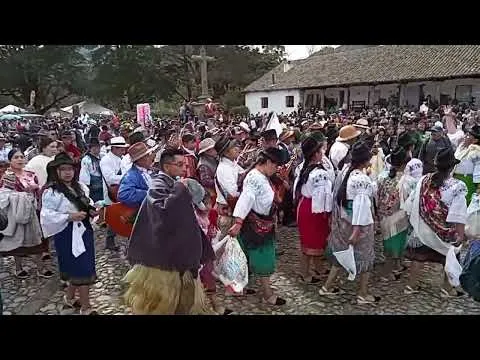Inti Raymi! Festival of the sun! One of the many, many festivities we have here in #ecuador, but by far the most important one to the indigenous culture, mainly the Kichwa. We celebrate the two solstices (Kapak Raymi in December, Inti Raymi in June) and the equinoctials (Pawkar Ramyi in March, Kuya Raymi in September). Each of them have their own meaning:
Pawkar Raymi: Flowering, celebrates the crops getting into flowering stage. Very colorful.
Inti Raymi: Sun Festival, celebrates the beginning of a new agricultural year, new beginnings.
Kuya Raymi: Moon Festival, celebrates the start of the raining season, dedicated to the feminine.
Kapak Raymi: Thankfulness for the harvest and the rebirth of the sun.
DISCLAIMER: There’s a lot of overlapping when doing research on those names, it’s a little confusing. I got the information from people I know in the Kichwa communities, and hope that I understood correctly. But there is no guarantee that everything I wrote is the absolute truth, and I'm happy to edit in corrections in case you know a little more, or have something to add!
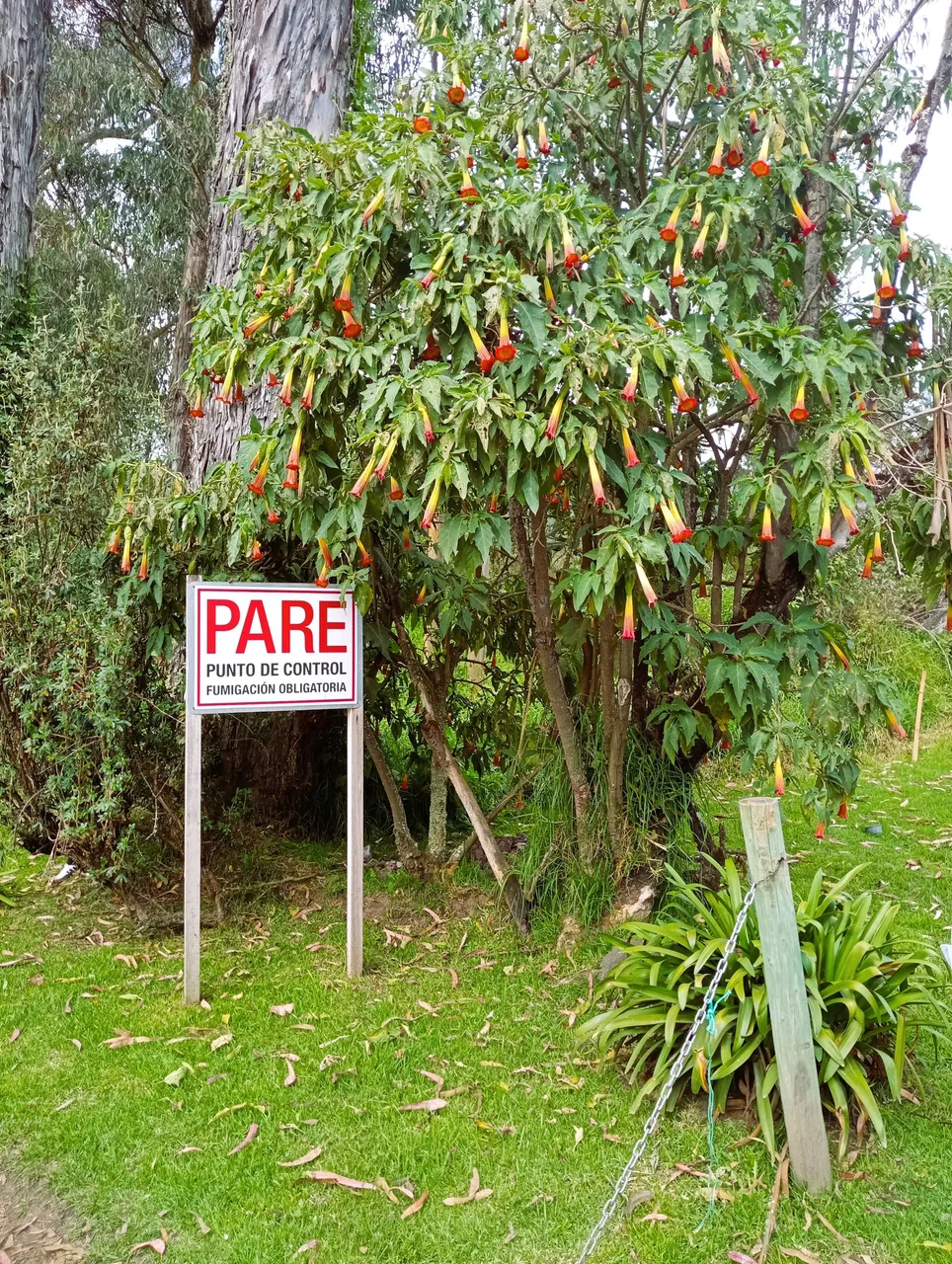
Party time!
Inti Raymi is very different depending on where you go. This year, we went to Zuleta, a Haciendo on the other side of the volcano Imbabura. A friend of mine works there, and had invited us, which was great as we had access to clean bathrooms and such. With a couple of thousand people attending throughout the day, that is a nice-to-have luxury.
... but thirst things first.
When we arrived and parked in the stadium, the road to the Hacienda was already blocked my humans, cars and merchants. Can't walk by this on a beautiful sunny day:
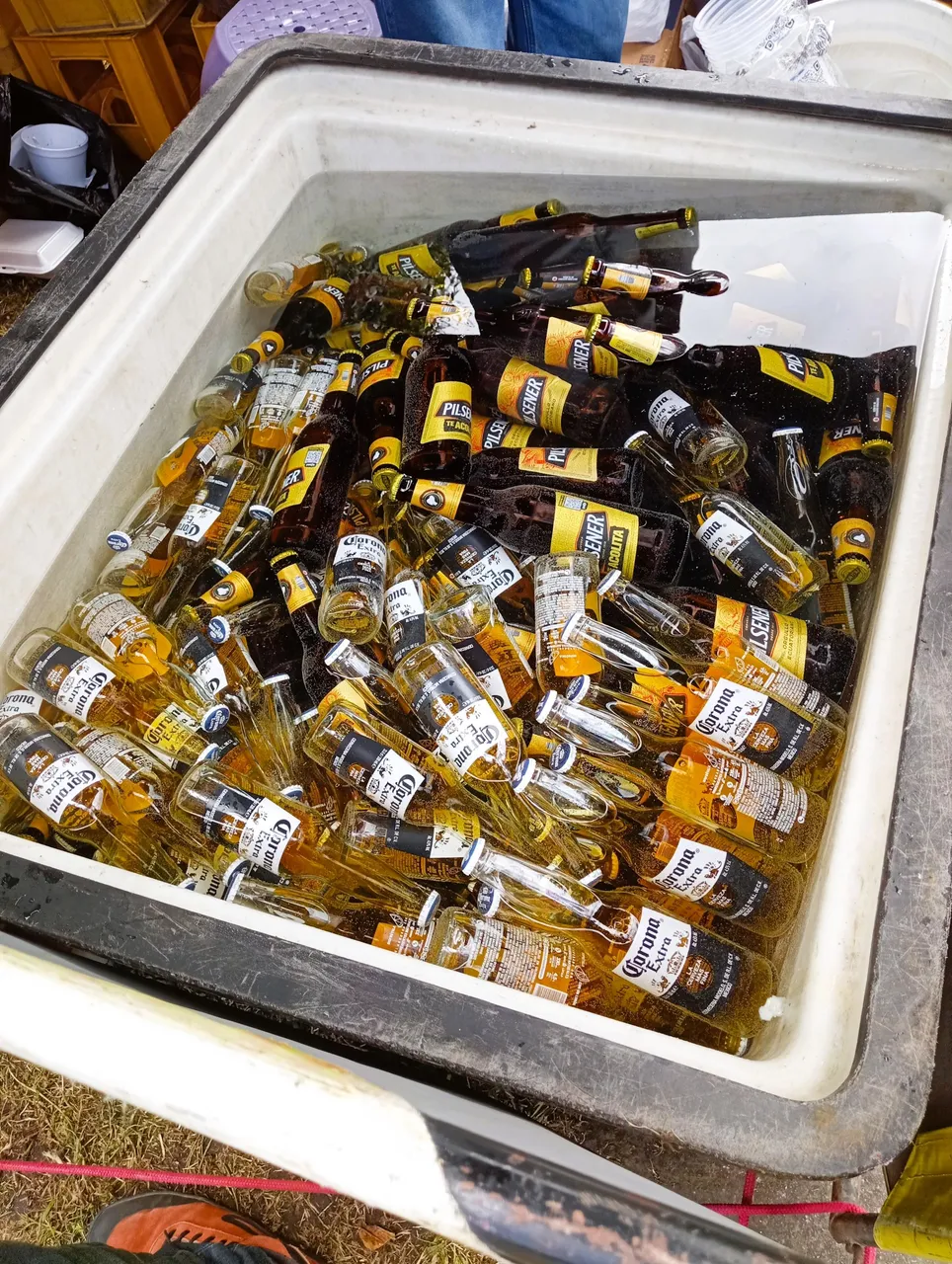
Alcohol is also abused big time, ending with people sleeping on the streets being completely knocked out by moonshine ($1,25/liter of 30-40% - you never know the exact percentage, nor if it will make you blind. It's sold in recycled plastic bottles like cola). Not to mention the garbage carelessly thrown away. There is a lot of work being done by the Municipios on all topics, but change takes time.
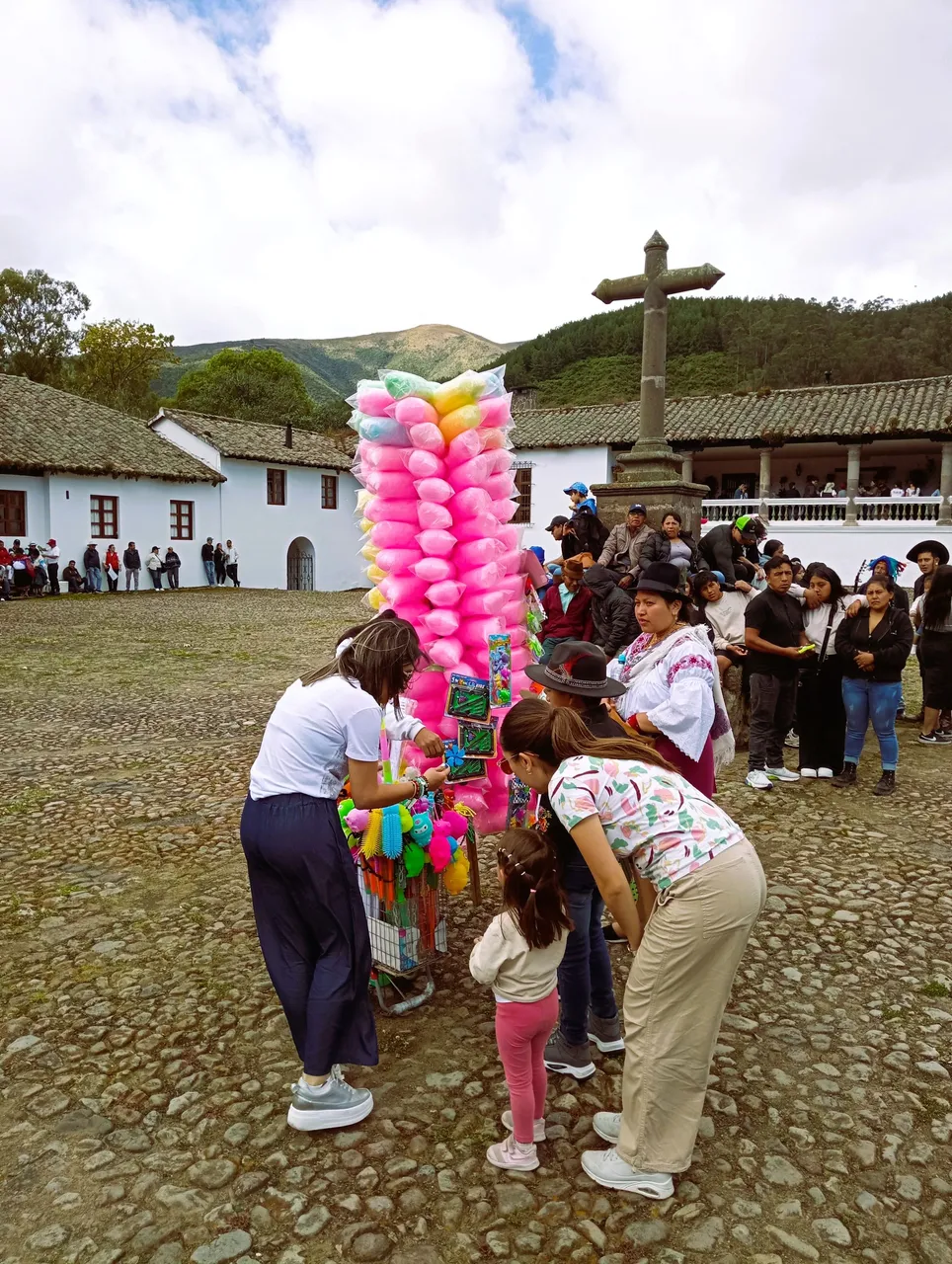
Indeed those festivals are a big economic factor as well, both positive and negative. You will not expect any Kichwa-employees to come to work, and everything comes to a stand still. But the days before, if you're a merchant of anything that is related to food or alcohol, you'll make 2 weeks worth of money.
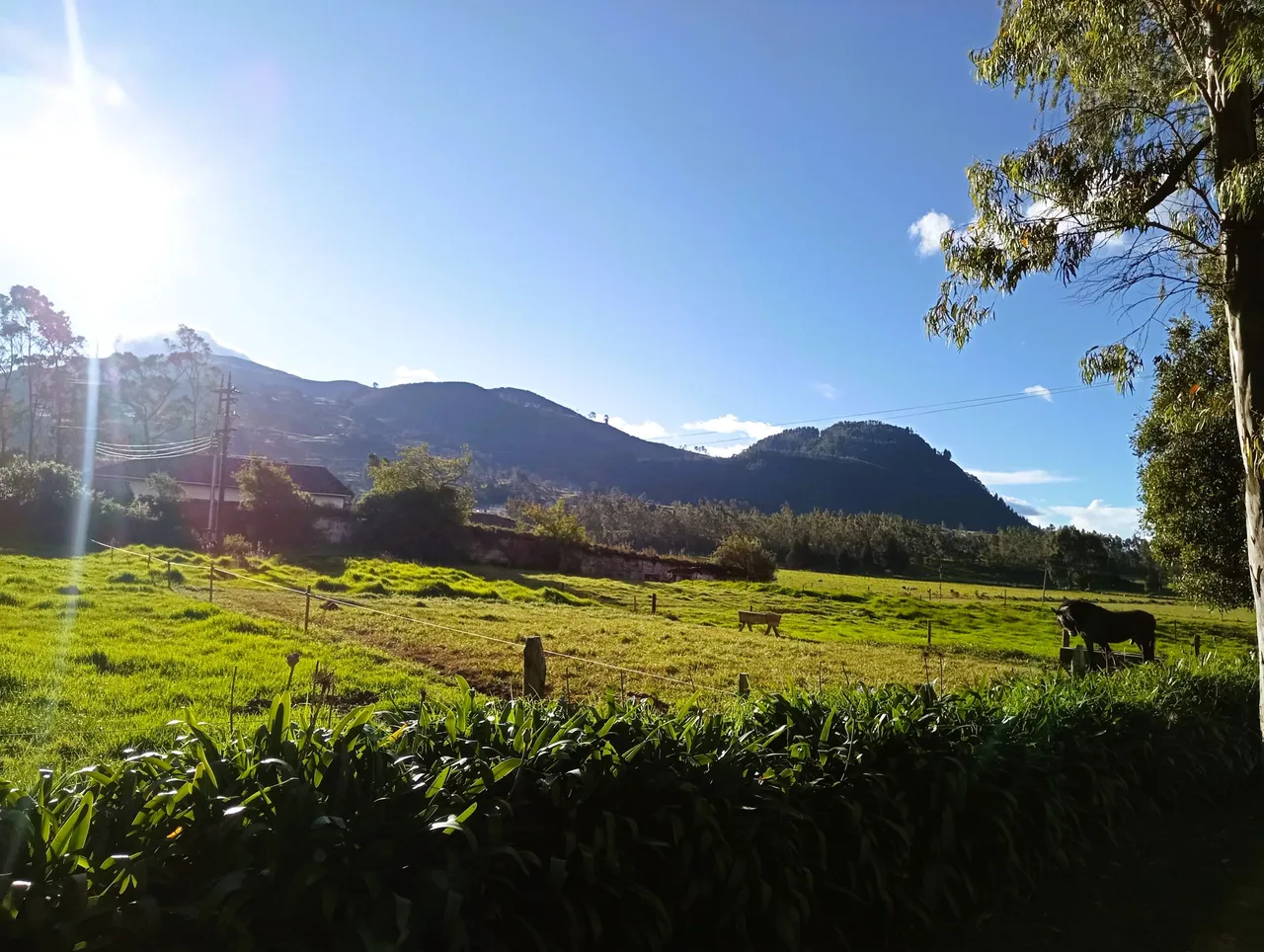
It was sprinkling a little when we arrived, but the clouds soon dissipated and left us with the most beautiful weather. Perfect day to honor the sun, indeed.
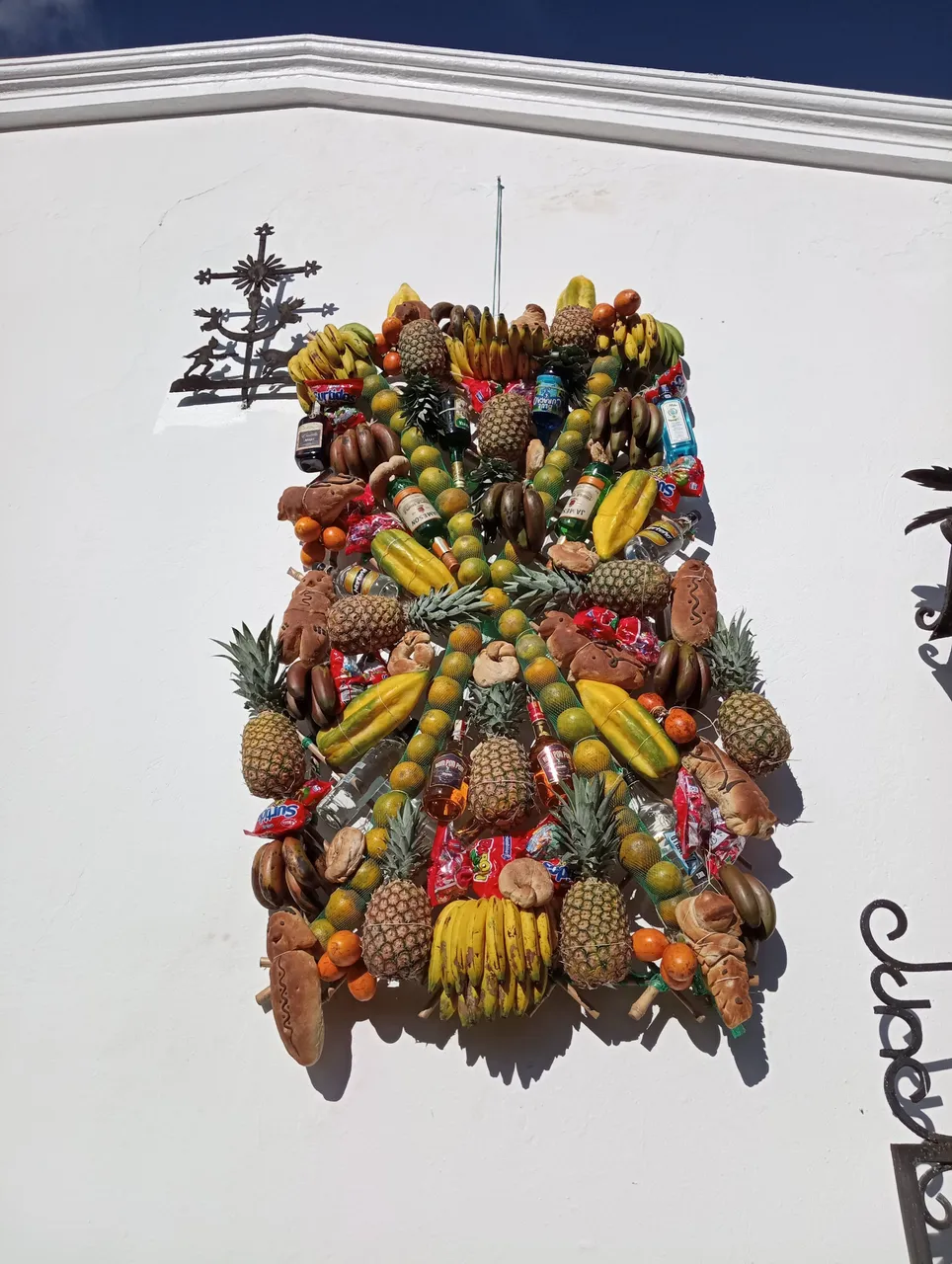
All indigenous festivities here in Ecuador come with offerings to the goods. Usually, it's fruits, sometimes vegetables and sometimes even animals, as you can see in the picture below. But over the years, the variety of oblations has changed to include more modern gifts to the gods. Including booze.
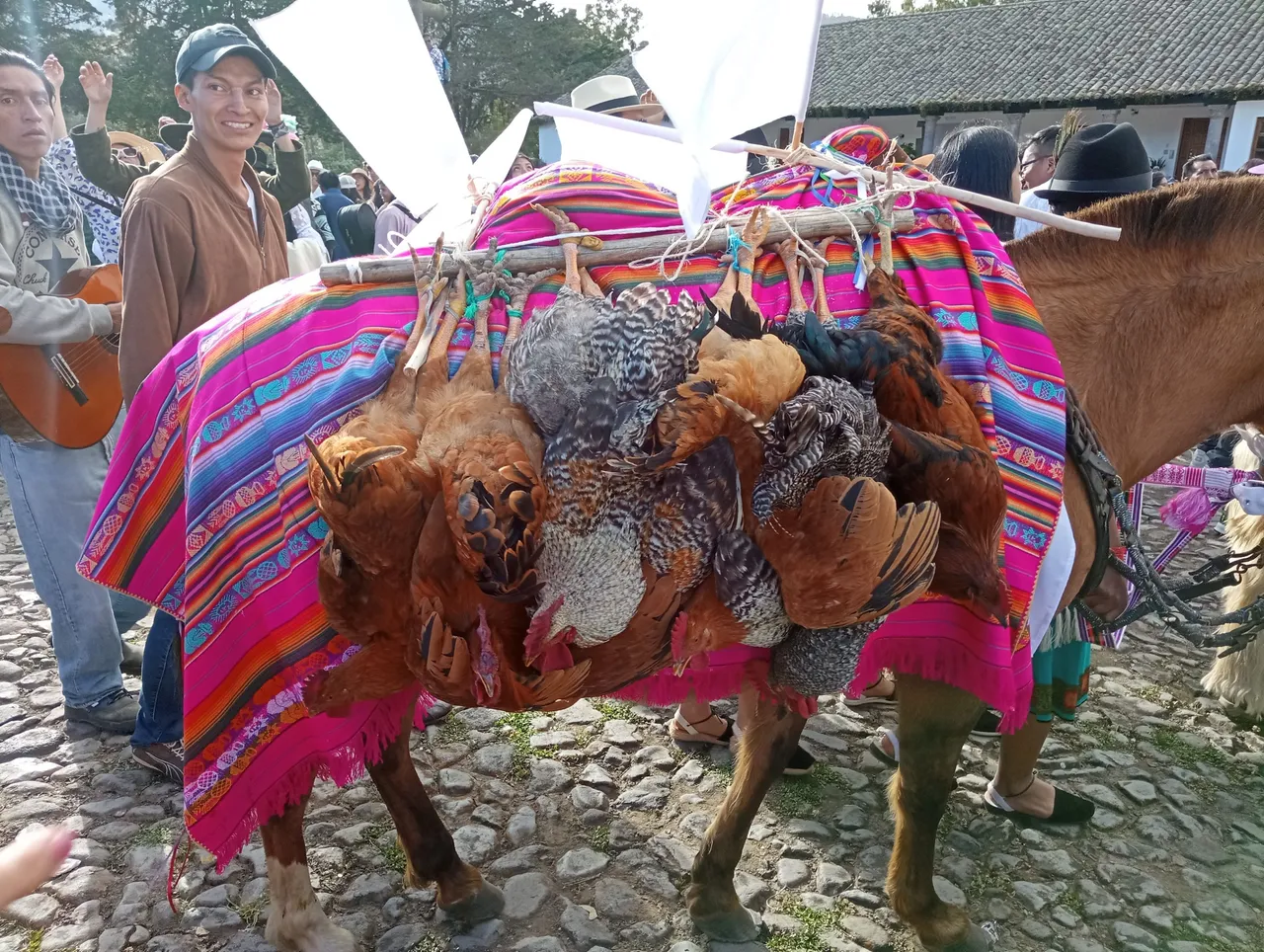
Tradition Time
Zuleta is very different than Cotacachi. While in Cotacachi it's all about stomping, falling into trance through repetitive rhythms and melodies, Zuleta is far more diverse. More instruments are being played, and the groups include singing and sometimes choreographies. That part is better displayed in videos.
One of the bigger groups coming in and singing, dancing and playing their music. They often throw a lot of sweets into the rows of spectators - and oranges. Yes, oranges. Beautiful weather with the occasional shower of sweets and oranges.
The later we got into the day, the more enthusiastic the groups became. One could think that it's related to the alcohol intake, but that's not all of it. I've been dancing with groups many times, and it's not necessary to get drunk to feel the energy building up inside you. It's quite the experience.
Part of the festivities in Zuleta is that a young girl rides in on a horse, places herself in front of the landlord (lady in this case) and recites a very, very long poem. You can't hear the poem, though, as the background noise of chanting and dancing is way too loud.
More on dancing.
The dancing is very important. They first dance from house to house in their communities, in order to soak in the good energies from that house, and stomp out the good energies from the community in order to protect that house. That starts months before Inti Raymi, depending on how big the community is. They do go by every house that has even the smallest place to dance on. The house owners offer drinks and food to the dancing groups, before those go on.
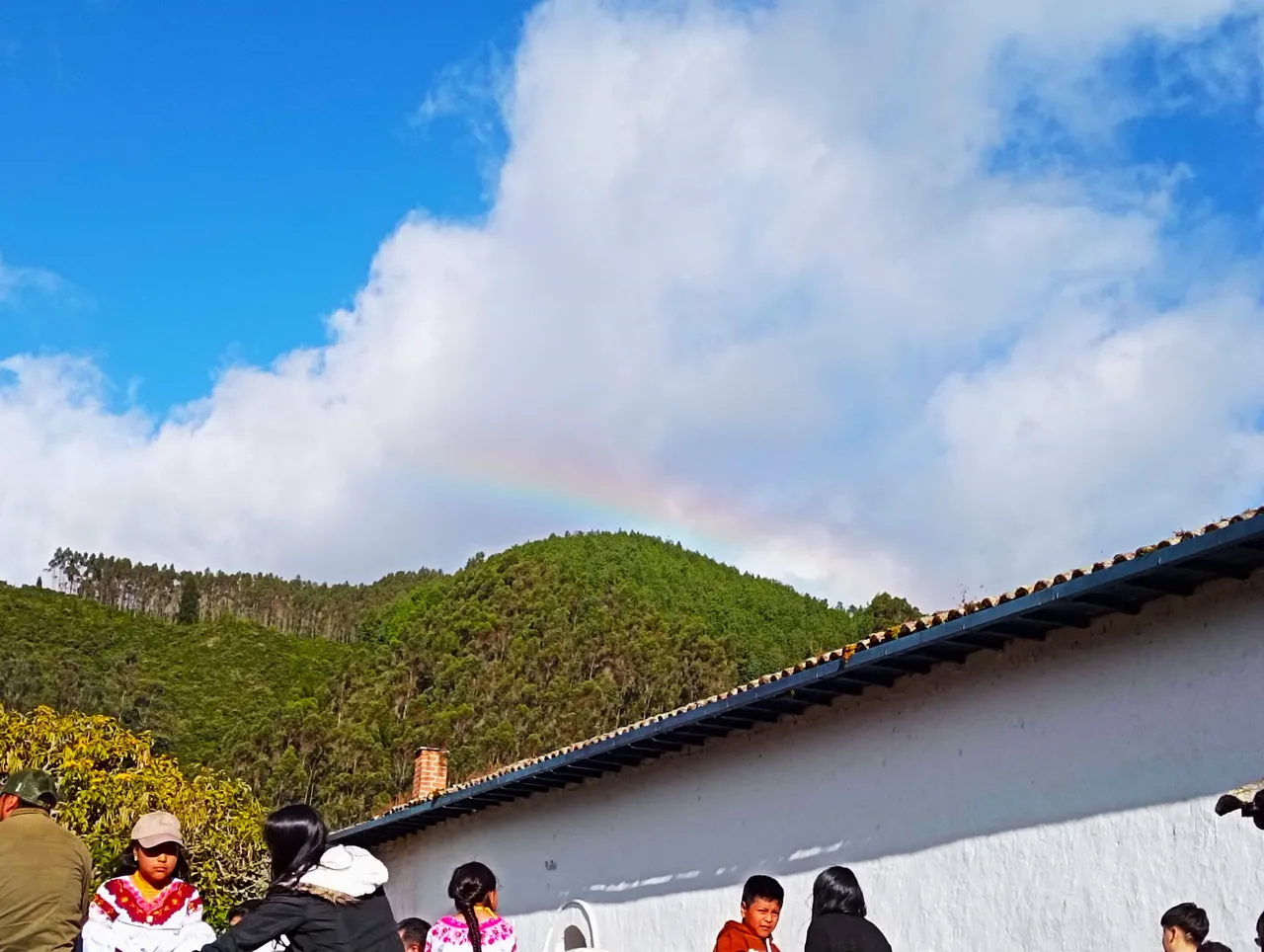
After accumulating all the energy of their communities, they dance to the main squares. In Zuleta, that is the Hacienda, in Cotacachi, it's the main square. And here, the traditions vary. While in Cotacachi it's a "Re-Conquista", meaning that they take back the space that was once theirs (Cotacachi was once a Hacienda, too), in Zuleta it has turned into a token of co-existence. Probably because the owners have done a great deal to help Zuleta get a place on the map. Not only because of the Hacienda as a high-end retreat with sky-high prices (for Ecuadorian standards), but because they used their connections to highlight the embroidery in Zuleta as well as other traditions from the area. That helped to build wealth in the community.
I was told that the recital of the poem is due to that as well, it's a mutual thanking. The community thanks the landlords/ladies for their service to the community, and they thank the communities for their service towards the Hacienda. Give and take.
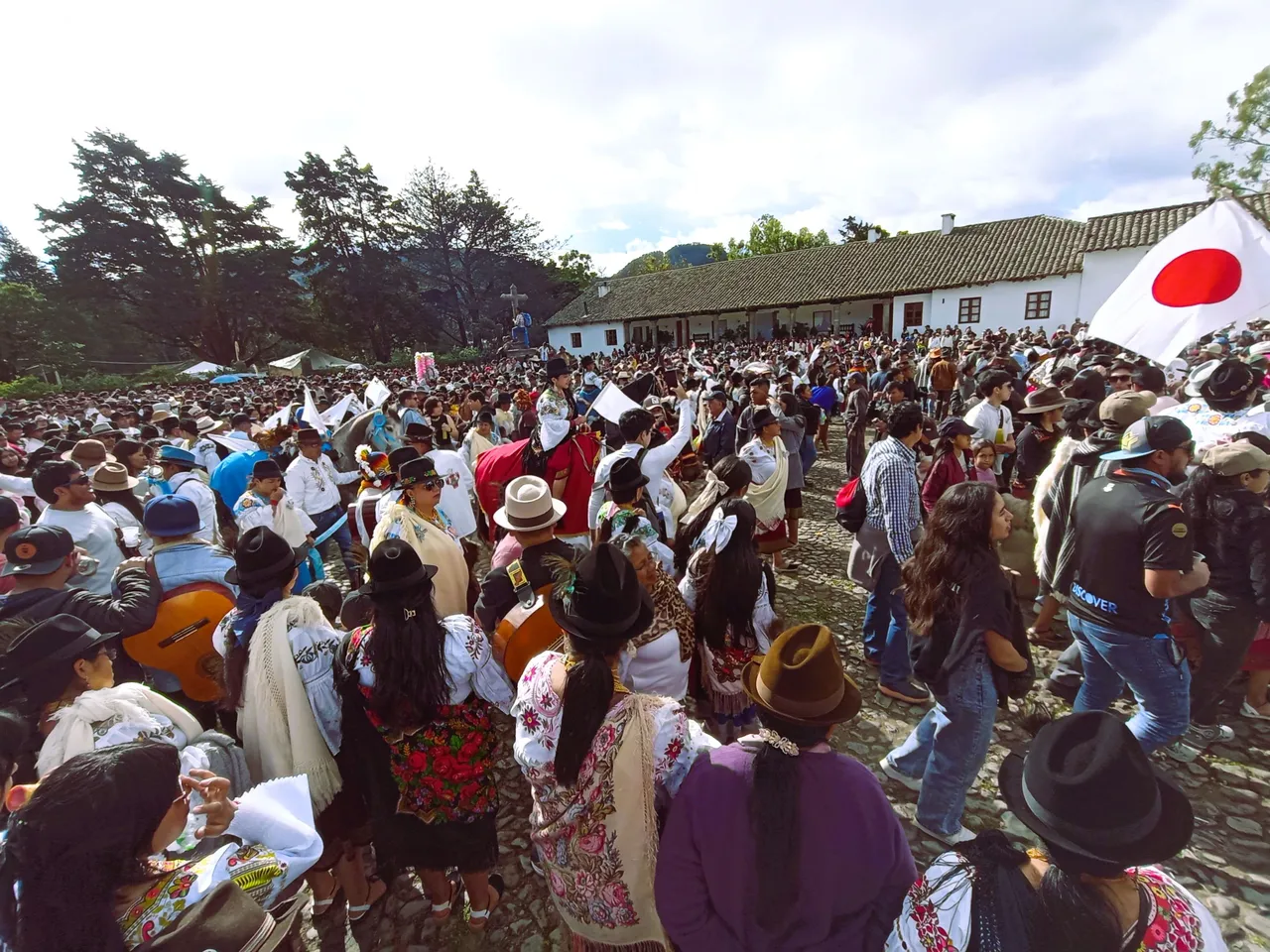
Thank you very much for reading! I hope you enjoyed this mix of traveling and cultural lessons. I will write a follow-up post about the Inti Raymi in Cotacachi, soon. It's awesome to see how the same idea is celebrated so differently in different areas of Ecuador.
